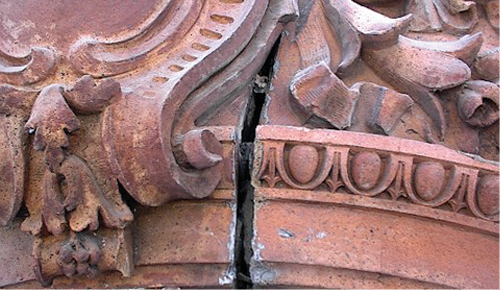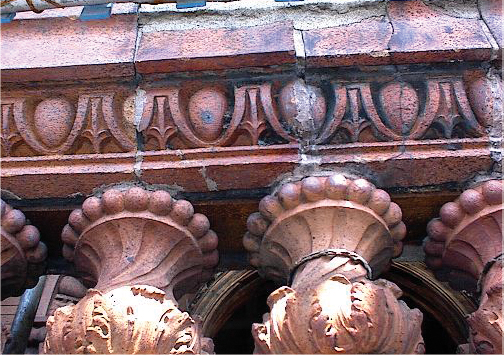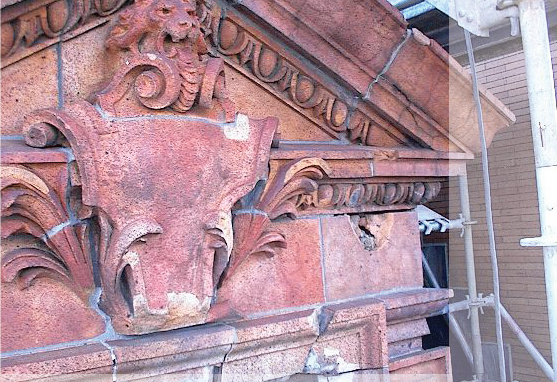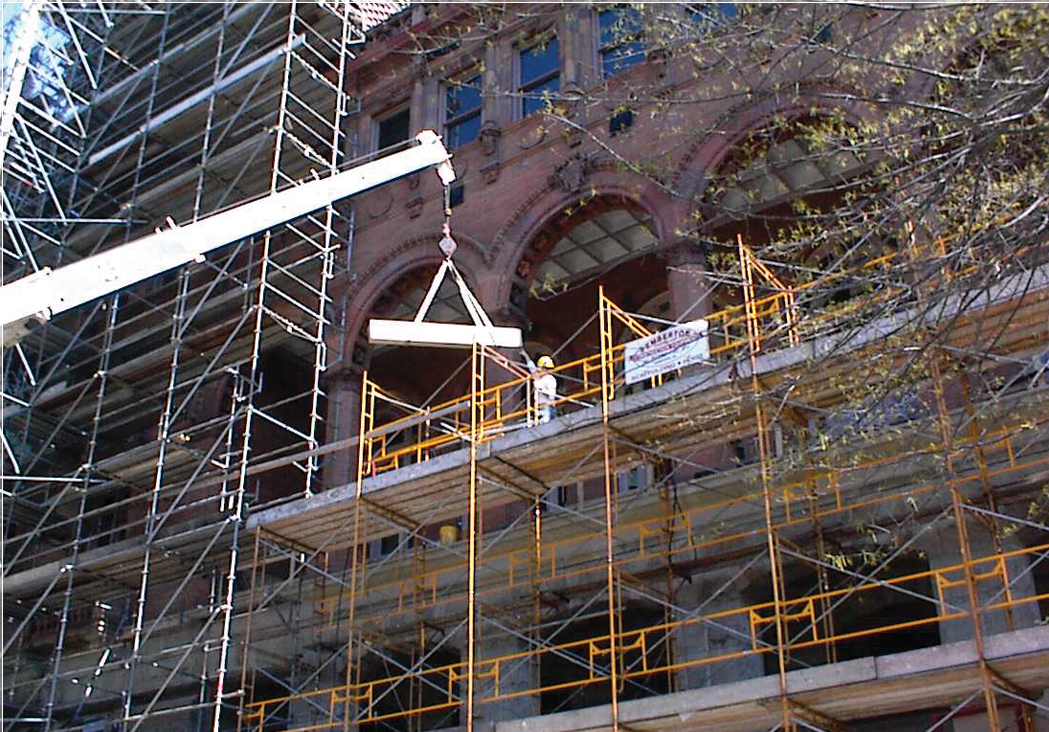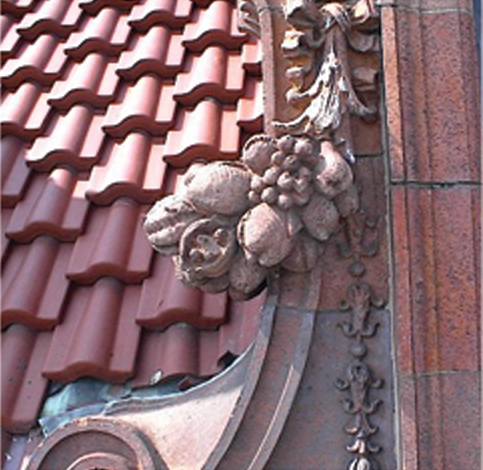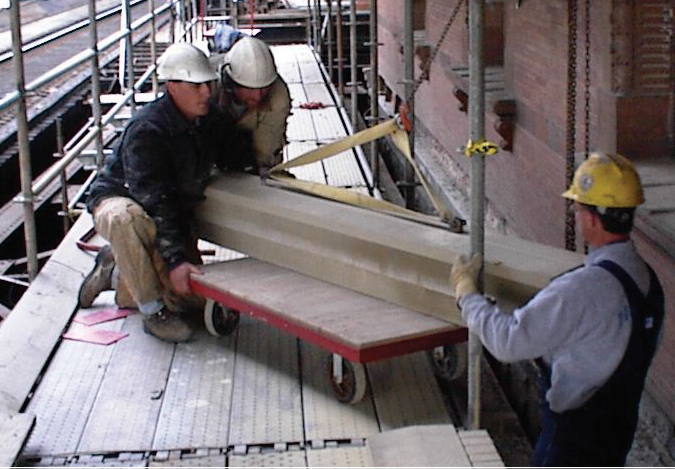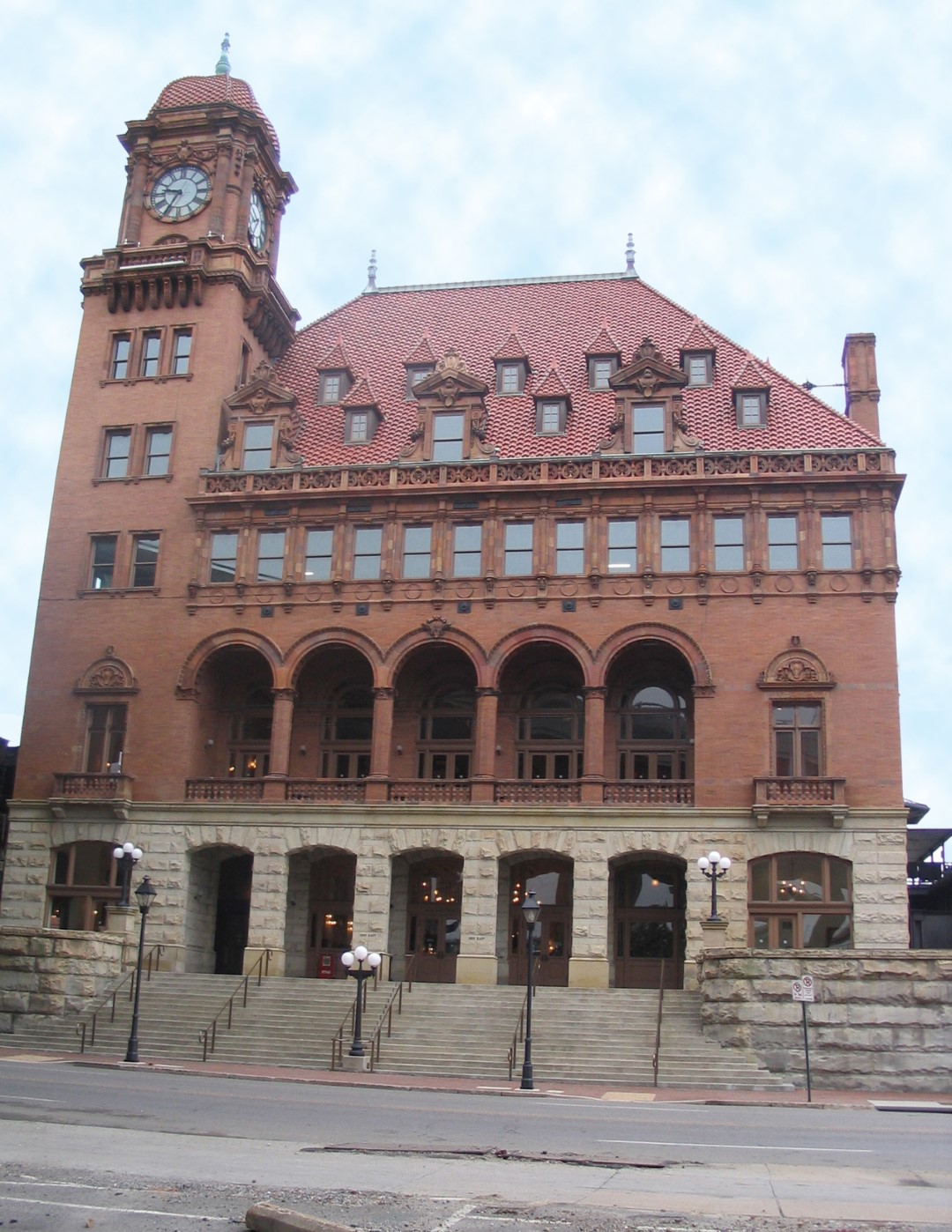
Built as the Main Street Passenger Railroad Station in 1901, Richmond’s Main Street Station has stood as a fine example of Beaux Arts architecture for more than a century. It served as the transportation hub of Richmond for more than 50 years, and its clock tower became a local landmark for local citizens, as well as those traveling on nearby interstate I-95.
As the masonry contractor on the first phase of an extensive restoration project on the station, Graciano Corporation was responsible for reversing years of decay and damage to the structure’s masonry and terra cotta surfaces. Specifically, the building’s brickwork required extensive repointing, cracked terra cotta had to be removed and replaced, balustrades required reconstruction and deteriorated stonework had to be replaced. Due to the building’s status as a National Historic Landmark, it was imperative that original finishes be replicated and matched as accurately as possible. It was also critical that work be done on schedule, as two additional phases of construction were to follow the restoration work.
As restoration work progressed, the need for significant structural work became evident. After years of water damage, steel brackets tying the building’s terra cotta cornice to the substructure were seriously weakened. To support a restored cornice, stainless steel brackets were milled to Graciano’s specifications and attached to the building’s steel frame. In addition to the cornice work, elevated terra cotta balcony railings were disassembled and reset, and a massive terra cotta dormer that was once in danger of collapse was stabilized and refaced with historically accurate materials. On the first floor of the building, damaged sections of the Briarhill Sandstone comprising the foundation stones and parts of the building’s light posts and columns was carefully removed. New stone, cut and tooled to match the building’s architectural details, was installed in its place.
Work on Phase One of the project was completed on time and within budget. Phase Two, which was completed in 2004, and included construction of an Amtrak ticketing office and an additional passenger track platform. Phase Three, completed in late 2006, established a full multimodal transportation center and expand passenger rail service.
Project Details
Downloads
Project Included
- Unit Stone Replacement
- Terra Cotta
- Stonework
- Stone Patching
- Stone Facade Pinning
- Sealants
- Repointing Masonry
- Replacement
- Repair
- Parapet & Coping Reconstruction
- Paint Removal
- Masonry Surface Rehabilitation
- Masonry Cleaning
- Lintel Replacement
- Individual Brick Replacement
- Dutchman Repair
- Acidic Cleaners
Glossary Terms
